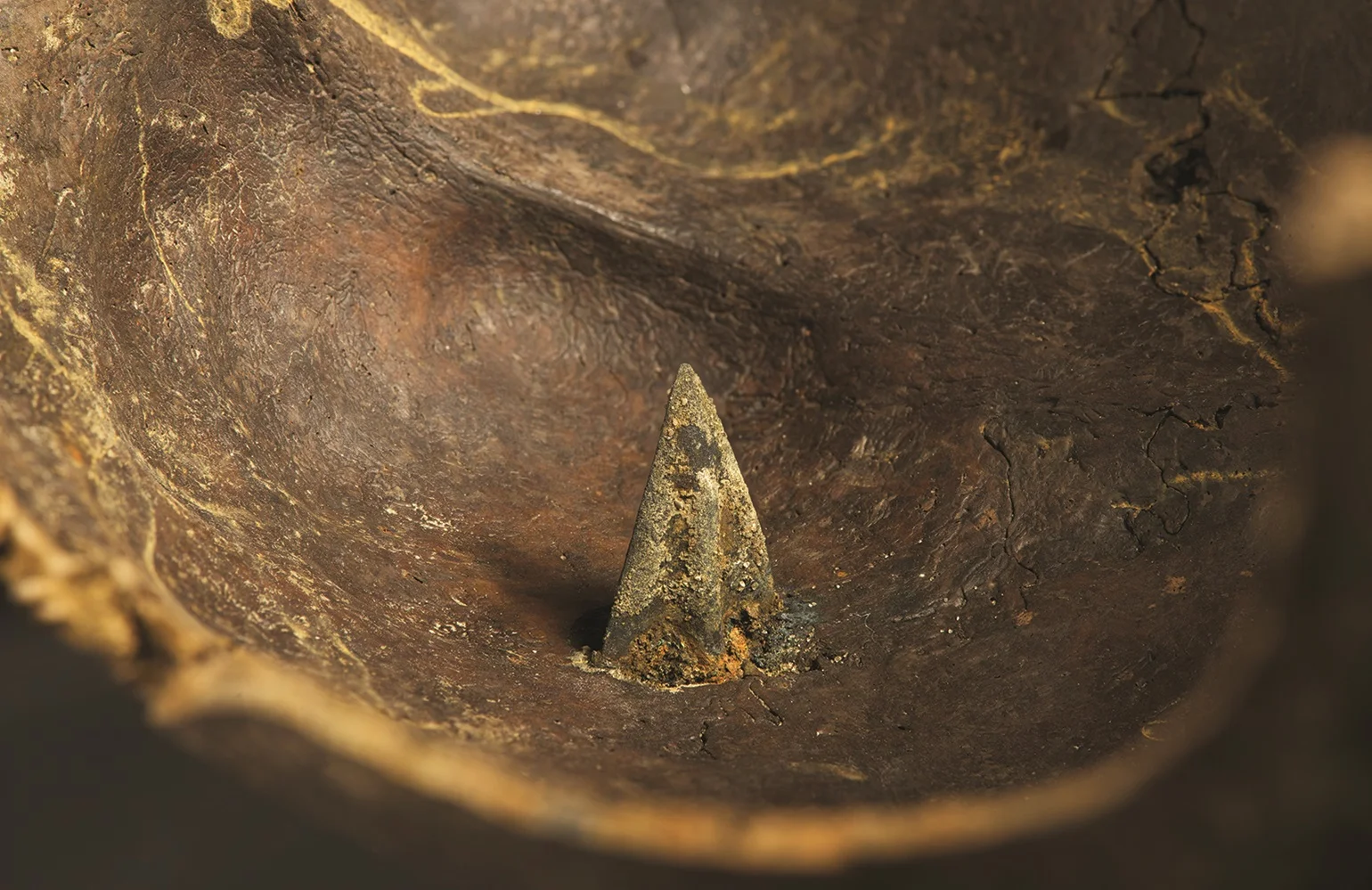Archaeologists studying 13th century BC bronze and flint arrowheads from the Tollense Valley in northeastern Germany have uncovered the earliest evidence of large-scale interregional conflict in Europe.
The Tollense Valley, located in Mecklenburg-Western Pomerania, is renowned for a massive battle that took place around 1250 BC. The discovery of over 150 human remains suggests more than 2,000 people were involved—an unprecedented number for the Nordic Bronze Age.
Identified as a battlefield in 2011, the site is now considered “Europe’s oldest known battlefield,” as no earlier conflict of this magnitude has been found. Despite its significance, little is known about the individuals who fought and died at Tollense over 3,000 years ago.
To explore this further, researchers from several German institutions analysed bronze and flint arrowheads found in the valley, comparing them with over 4,000 contemporary examples from across Europe.
Most of the arrowheads match types occasionally found in Mecklenburg-Western Pomerania, suggesting that many of the fighters were likely local. However, other types—such as those with straight or rhombic bases, unilateral barbs, or pointed tangs instead of sockets—are more common in regions to the south, including modern Bavaria and Moravia.
These southern types are not found in burials from the Tollense region, indicating they were not simply traded and used by locals but rather suggest the presence of southern warriors or even a southern army in the conflict.
Additional evidence from contemporary sites in southern Germany, where large quantities of bronze arrowheads have been uncovered, suggests that the 13th century BC was a period marked by increasing armed conflict across Europe. This Tollense battle represents the earliest example of interregional conflict in Europe, pointing to the growing scale and professionalisation of warfare during this time.
“The Tollense Valley conflict dates to a time of major changes,” concludes Inselmann, now at the Freie Universität Berlin. “This raises questions about the organisation of such violent conflicts. Were the Bronze Age warriors organised as a tribal coalition, the retinue or mercenaries of a charismatic leader ‒ a kind of “warlord” ‒, or even the army of an early kingdom?”
Header Image Credit : Antiquity
Sources : Antiquity | https://doi.org/10.15184/aqy.2024.140





